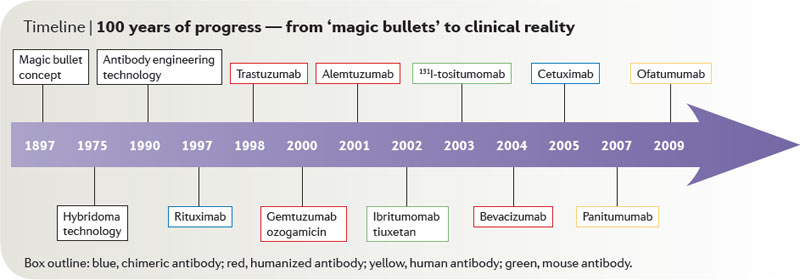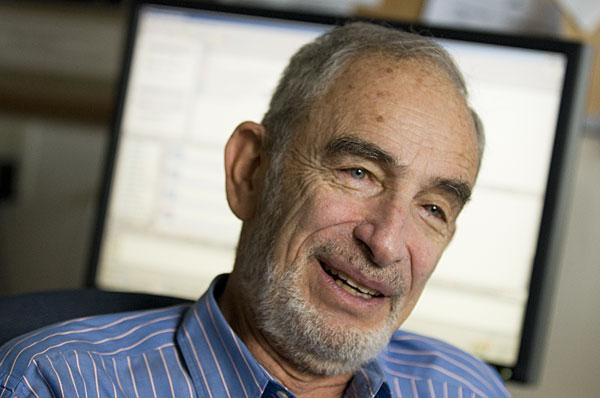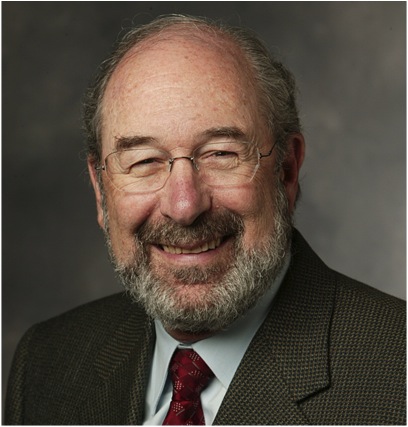Georges Kohler and Cesar Milstein discovered monoclonal antibodies in 1975, both never realized that they were opening a new door that science seem to be knocking on for the entire twentieth century. Kohler and Milstein both recieved the Nobel Prize for their discovery, their research took a giant step toward creating a “magic bullet" capable of helping humanity from some of the most brutel diseases. Therapeutic Antibodies Timeline 1975 - Method devised to isolate and reproduce monoclonal antibodies 1986 - Techniques pioneered to "humanize" mouse monoclonal antibodies. 1990 - Test-tube production of highly specific human monoclonal antibodies. 2003 - First fully human monoclonal antibody - Humira® - launched in the UK. 2005 - MRC signs deal with Abbott for rights to Humira®, worth over £100 million. 2006 - MRC spin - out company Cambridge Antibody Technology sold to AstraZeneca for £702 million. 2006 - MRC - founded Domantis sold to GSK. |
Paul Ehrlich theorized that it is possible to develop a product that would target and kill specific disease cells (such as cancers, lymphoma, etc) while leaving the patient’s normal cells unharmed. During his career he put the idea to good effect, as he developed the first modern antibiotic, hence the term “chemotherapy,” and laid the clinical groundwork for penicillin and sulfa drugs, along that he had many other achievements.
 Happy Birthday Sp1! 25 Years of Monoclonal Antibodies"August of 2000 was the 25th anniversary of the monoclonal antibodies discovery. Now we're moving into 37 years of publication of the monoclonal antibodies. The first monoclonal antibody that was made, antibody Sp1, was a mouse IgM antibody specific for SRBC. The fusion experiment was carried out and the cell line cloned in late 1974. Kohler and Milstein submitted their paper to Nature in May 1975 and it was accepted for publication in June 1975, finally appearing in print in August 1975." |
|||
Monoclonal Antibody Timeline  |
||||


